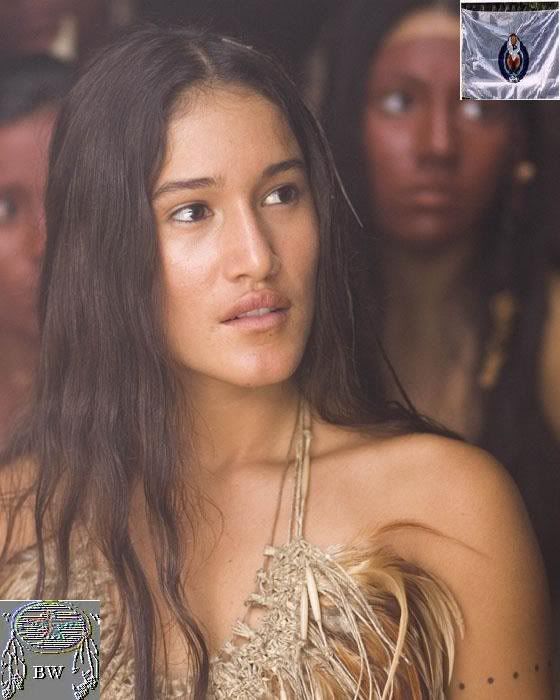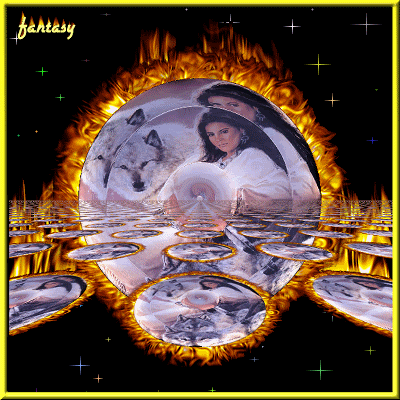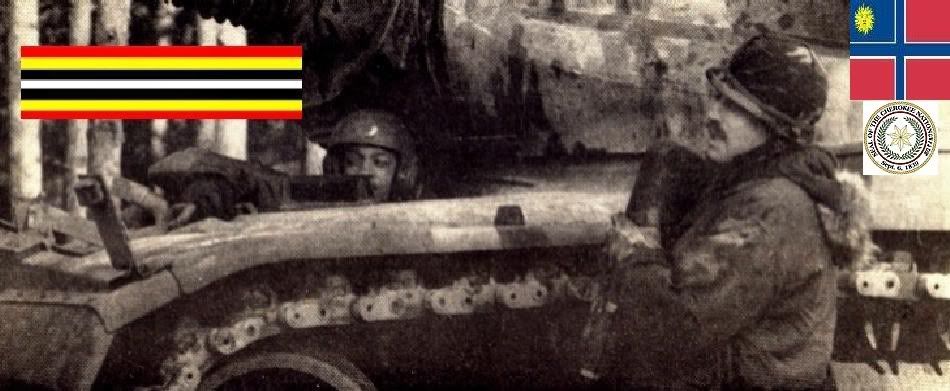|

Pocahontas
(1595-1617)
Warriors Citation
Information about this famous Native American wife, favorite daughter of POWHATAN, chief of the Powhatan Confederacy (which
consists of about 32 different Algonquian bands ) will be added very soon. In 1995, Roy Disney decided to release an animated
movie about a Powhatan woman known as "Pocahontas". In answer to a complaint by the Powhatan Nation, he claims the film is
"responsible, accurate, and respectful."
We of the Powhatan Nation disagree. The film distorts history beyond recognition. Our offers to assist Disney with cultural
and historical accuracy were rejected. Our efforts urging him to reconsider his misguided mission were spurred.
"Pocahontas" was a nickname, meaning "the naughty one" or "spoiled child". Her real name was Matoaka. The legend is that she
saved a heroic John Smith from being clubbed to death by her father in 1607 - she would have been about 10 or 11 at the time.
The truth is that Smith's fellow colonists described him as an abrasive, ambitious, self-promoting mercenary soldier.
Of all of Powhatan's children, only "Pocahontas" is known, primarily because she became the hero of Euro-Americans as the
"good Indian", one who saved the life of a white man. Not only is the "good Indian/bad Indian theme" inevitably given new
life by Disney, but the history, as recorded by the English themselves, is badly falsified in the name of "entertainment".
The truth of the matter is that the first time John Smith told the story about this rescue was 17 years after it happened,
and it was but one of three reported by the pretentious Smith that he was saved from death by a prominent woman.
Yet in an account Smith wrote after his winter stay with Powhatan's people, he never mentioned such an incident. In fact,
the starving adventurer reported he had been kept comfortable and treated in a friendly fashion as an honored guest of Powhatan
and Powhatan's brothers. Most scholars think the "Pocahontas incident" would have been highly unlikely, especially since it
was part of a longer account used as justification to wage war on Powhatan's Nation.
Euro-Americans must ask themselves why it has been so important to elevate Smith's fibbing to status as a national myth worthy
of being recycled again by Disney. Disney even improves upon it by changing Pocahontas from a little girl into a young woman.
The true Pocahontas story has a sad ending. In 1612, at the age of 17, Pocahontas was treacherously taken prisoner by the
English while she was on a social visit, and was held hostage at Jamestown for over a year.

During her captivity, a 28-year-old widower named John Rolfe took a "special interest" in the attractive young prisoner. As
a condition of her release, she agreed to marry Rolfe, who the world can thank for commercializing tobacco. Thus, in April
1614, Matoaka, also known as "Pocahontas", daughter of Chief Powhatan, became "Rebecca Rolfe". Shortly after, they had a son,
whom they named Thomas Rolfe. The descendants of Pocahontas and John Rolfe were known as the "Red Rolfes."
Two years later on the spring of 1616, Rolfe took her to England where the Virginia Company of London used her in their propaganda
campaign to support the colony. She was wined and dined and taken to theaters. It was recorded that on one occasion when she
encountered John Smith (who was also in London at the time), she was so furious with him that she turned her back to him,
hid her face, and went off by herself for several hours. Later, in a second encounter, she called him a liar and showed him
the door. Rolfe, his young wife, and their son set off for Virginia in March of 1617, but "Rebecca" had to be taken off the
ship at Gravesend. She died there on March 21, 1617, at the age of 21. She was buried at Gravesend, but the grave was destroyed
in a reconstruction of the church. It was only after her death and her fame in London society that Smith found it convenient
to invent the yarn that she had rescued him. History tells the rest. Chief Powhatan died the following spring of 1618. The
people of Smith and Rolfe turned upon the people who had shared their resources with them and had shown them friendship. During
Pocahontas' generation, Powhatan's people were decimated and dispersed and their lands were taken over. A clear pattern had
been set which would soon spread across the American continent. From: historical accounts & records
Powhatan Website


LINK TO BRAVEHORSE WARRIORS VOLUME TWO
|

